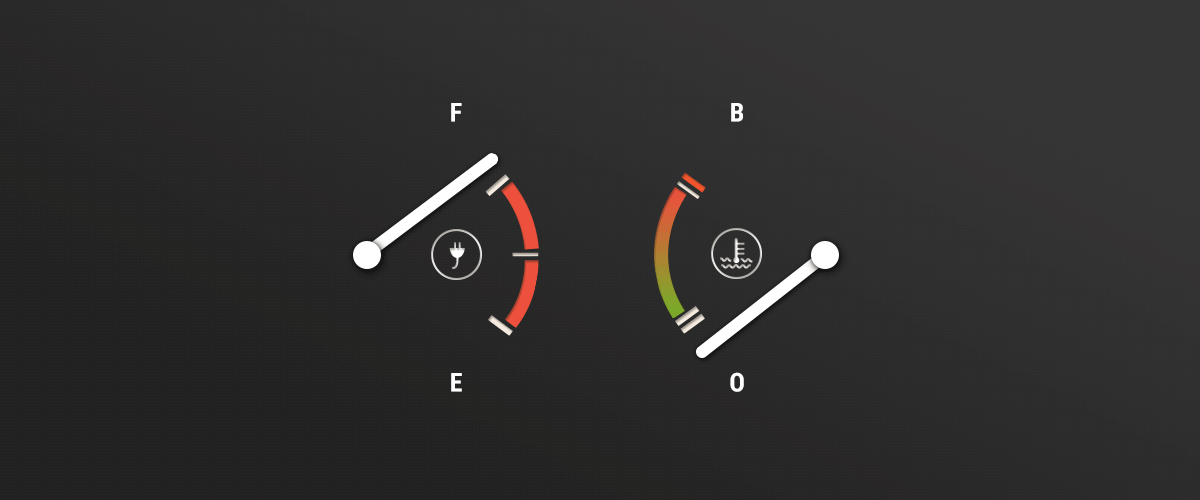The term "no dead-legs" must always be referred to the flow.
Here, we are dealing with the most frequent case of pipes for ultra-pure water. In practice, different rules have established (3d rule, 6d rule). For example, these rules must be observed in the mechanical design of pipes.
If, for example, a pipe branches from a flooded pipe, turbulences will form at the branching point. These turbulences protrude into branched pipe and thus effect an exchange of fluids even if the branched pipe is closed on its end. If this closed end has a distance of three times the diameter of the branching pipe from the branching point, no dead zones, i.e. zones where the water stagnates, will form.
As soon as the water stagnates, bacteria may collect and grow on the pipe walls.
Branch lines without any flow are an ideal nidus for germs. Once formed, a biofilm can practically no longer be removed from a system.
This is the reason why pockets have to be avoided, in particular if the requirements for the fluids are more exacting. As far as electrical heaters are concerned, a close look at that will pay.
It is practically impossible to weld in tubular heaters without pockets.
Therefore, these price-efficient heating elements can be subject to a permanent recontamination in ultra-pure water systems. We at heatsystems can weld in so-called cartridge-type heaters without any pockets to exclude that gaps and dead zones are formed in the heater.
As far as the absence of pockets is concerned, attention should also be paid to the pipe connecting points. A normal O-ring with a groove cannot be accepted since bacteria may get around the O-ring seal to enter the groove in case of pressure variations. These bacteria cannot reliably be inactivated in SIP and CIP processes and will contaminate the fluid again and again. Aseptic connections (e.g. DIN 11864) are a choice here. Clamp connections (e.g. DIN 32676) are widely spread but worse with regard to design (since the compression of the seal depends on the fitter; in addition, clamps can often be loosened without any tool...)

